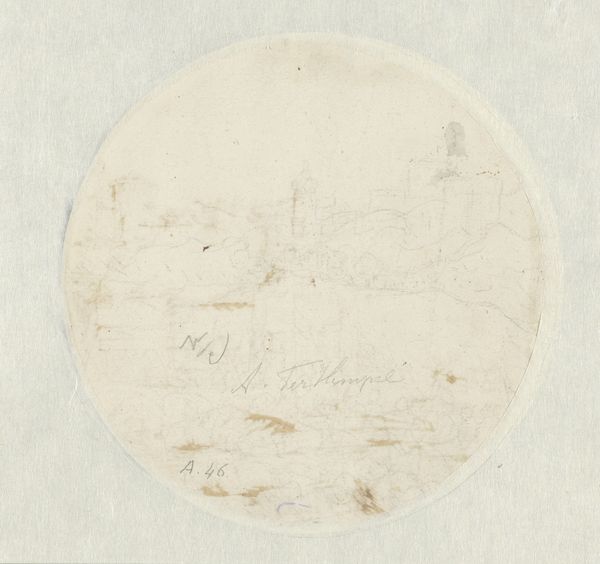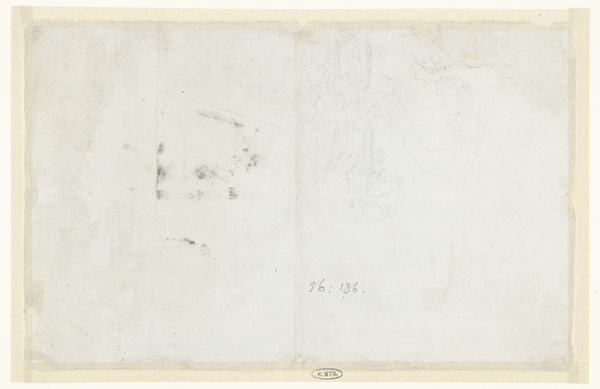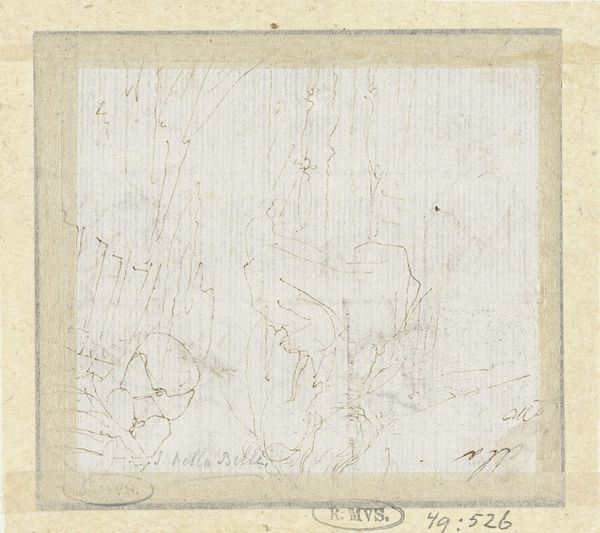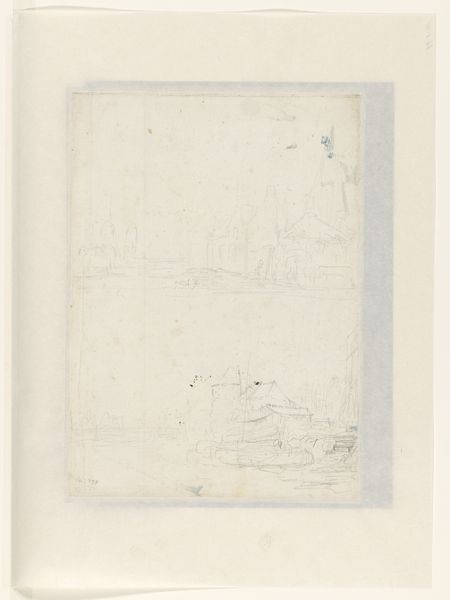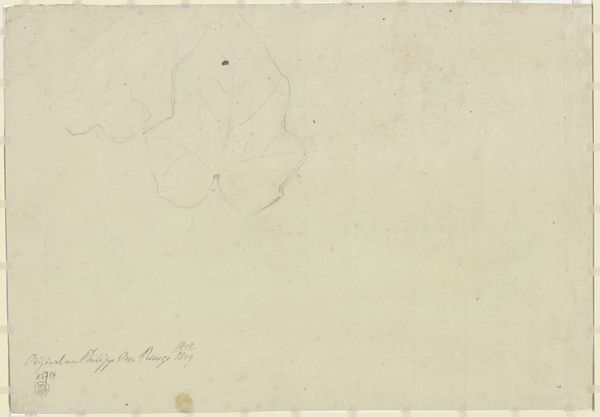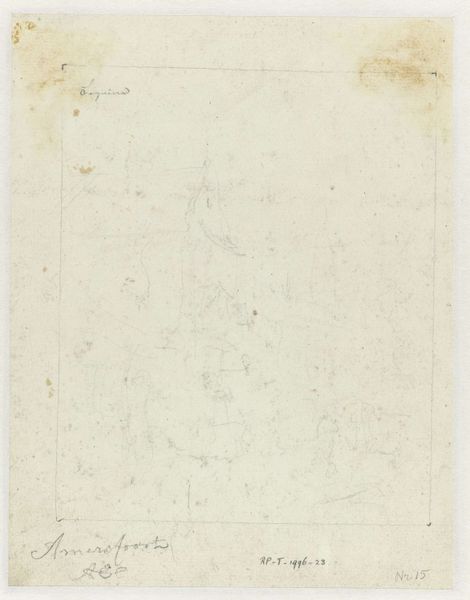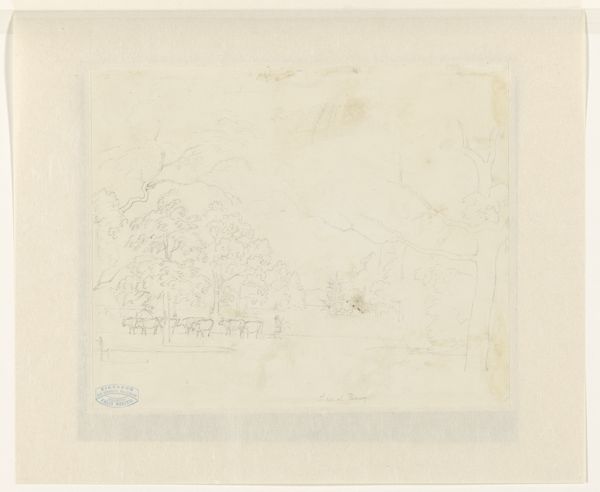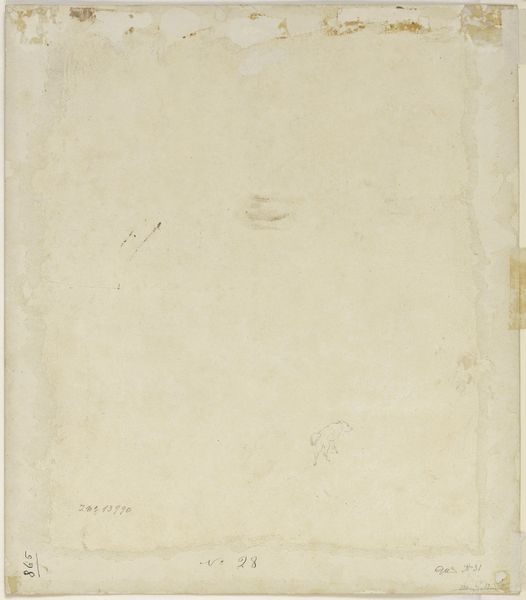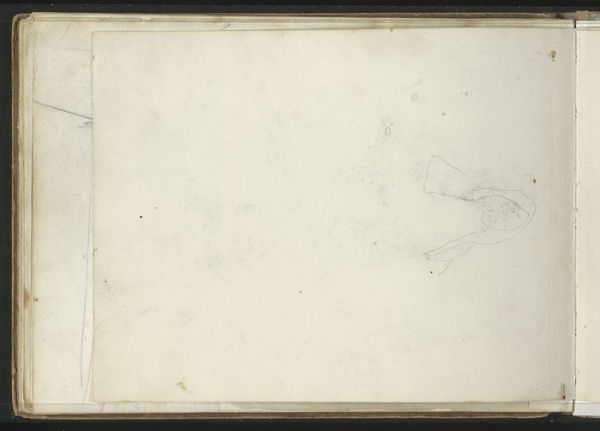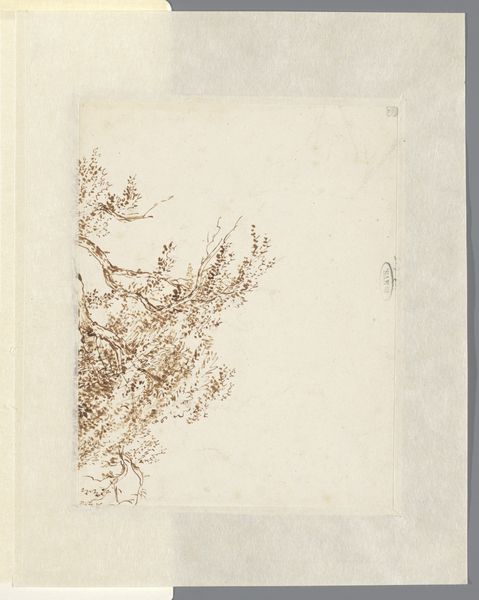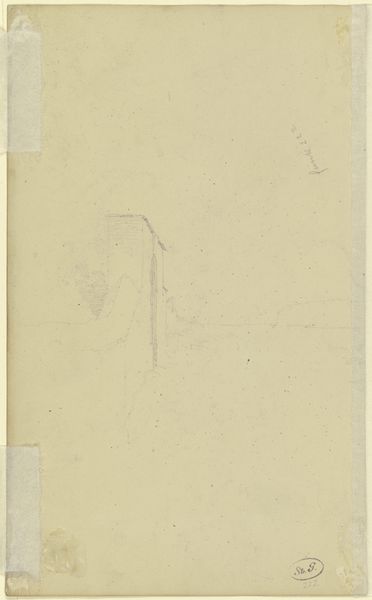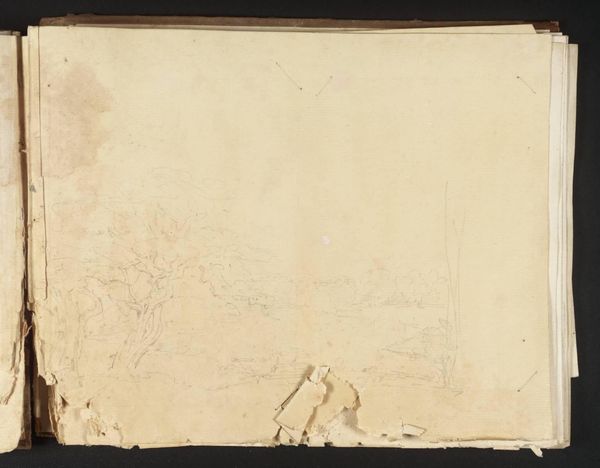
drawing, pencil, graphite
#
portrait
#
drawing
#
baroque
#
sketch
#
pencil
#
15_18th-century
#
graphite
Copyright: Public Domain
Curator: Before us we have "Einen Blumenkorb tragende Amoretten", or "Amoretti Carrying a Flower Basket," a pencil and graphite drawing, possibly a study, by Jacob de Wit, residing in the Städel Museum collection. Editor: Well, my immediate impression is that it’s quite delicate, almost ephemeral. The pencil lines are so light, creating a sense of movement and lightness despite the potentially heavy subject matter. It's less an artwork and more a glimpse into a fleeting moment. Curator: Indeed. Notice how the composition is structured around the central oval, and how the swirling lines guide the eye upwards. The baroque dynamism is present, but tempered by the subtlety of the medium. It’s fascinating to consider how this drawing, with its intricate detailing of cherubic figures and floral arrangements, fits into the larger context of De Wit’s ceiling paintings. Editor: I'm intrigued by that description - this was a practice piece for something far grander? Looking at the texture of the paper itself, I wonder about its origin, its price and accessibility, given the likely scale of the final piece for which this may have been practice for? And how that material influenced the ease and economy with which he could make marks, capture these fleeting thoughts for later use. Curator: I would suppose the availability of high quality papers would determine how clearly, efficiently and elegantly de Wit could articulate complex spatial arrangements in these preparatory studies, enabling the subsequent transfer onto larger canvases. Note the academic treatment: a play on perspective and figural arrangements - this is pure mastery of visual organization. Editor: To see the end result and track the physical journey from graphite on paper, considering the economic and cultural contexts—I think, informs my experience so directly. A beautiful piece, all the more alluring as a shadow or ghost. Curator: Precisely. By understanding the underlying formal vocabulary, we come to appreciate how this preliminary work informs the larger body of de Wit’s oeuvre. Editor: Well, looking closely at this preparatory work, I am aware of how its making impacts not just our appreciation, but the direction of his entire practice. Curator: A fitting close, reflecting the rich interpretive possibilities inherent in this Baroque sketch.
Comments
No comments
Be the first to comment and join the conversation on the ultimate creative platform.
